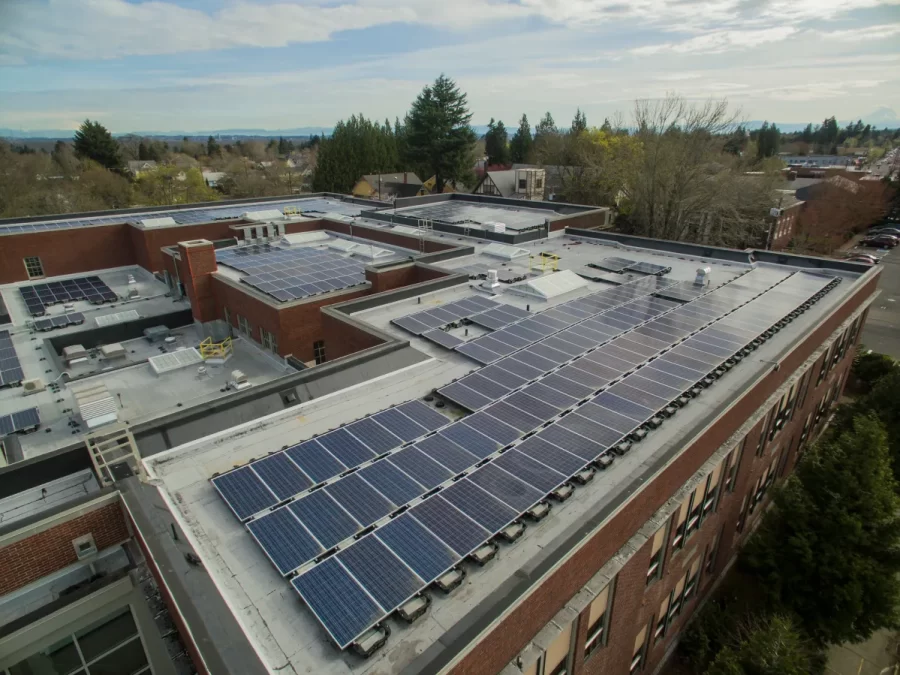This summer in late May, fires began to rage in the Pantanal, the world’s largest tropical wetland. These fires burned an estimated 1.3 million hectares, which is about the size of Belgium. The Pantanal, at over 17 million hectares, spans across Brazil, Paraguay, and Bolivia. Each year, the Pantanal is flooded and filled like a giant reservoir. Then, the waters slowly drain away throughout the rest of the months. This cycle makes an aquatic and tropical habitat that is ideal for many species. More than 4,700 species of animals and plants live in the Pantanal- and yet less than two percent of the wetland is federally protected.
Wetlands play a huge role for the climate; they store 20-30% of terrestrial carbon while only covering 5-8% of the earth. During the 2020 Pantanal fires, 115m tonnes of CO2 were released from wetlands. That is a huge reason as to why the Pantanal must be protected — if more of it burns, large amounts of CO2 will be released into the atmosphere. This would increase global warming, and have a horrible effect on the environment, as many animals and indigenous communities would be displaced from their homes.
Scientists found that in a world with no climate change, these conditions for the wildfires would be very rare – occurring only once every 161 years. But in today’s climate, already warmed 1.2C above pre-industrial temperatures, these conditions are a once-in-35-years event. Researchers have found that “Even hotter conditions are expected over this month and the months ahead, and there is a considerable threat that wildfires could burn more than 3 million hectares – the size of Egypt.” (Climate Centre, August 2024).
We need to protect our earth, and do the best we can to stop climate change. Because soon, ecological masterpieces like the Pantanal will be gone.
——————-
¹(The Guardian, July 2024)




























